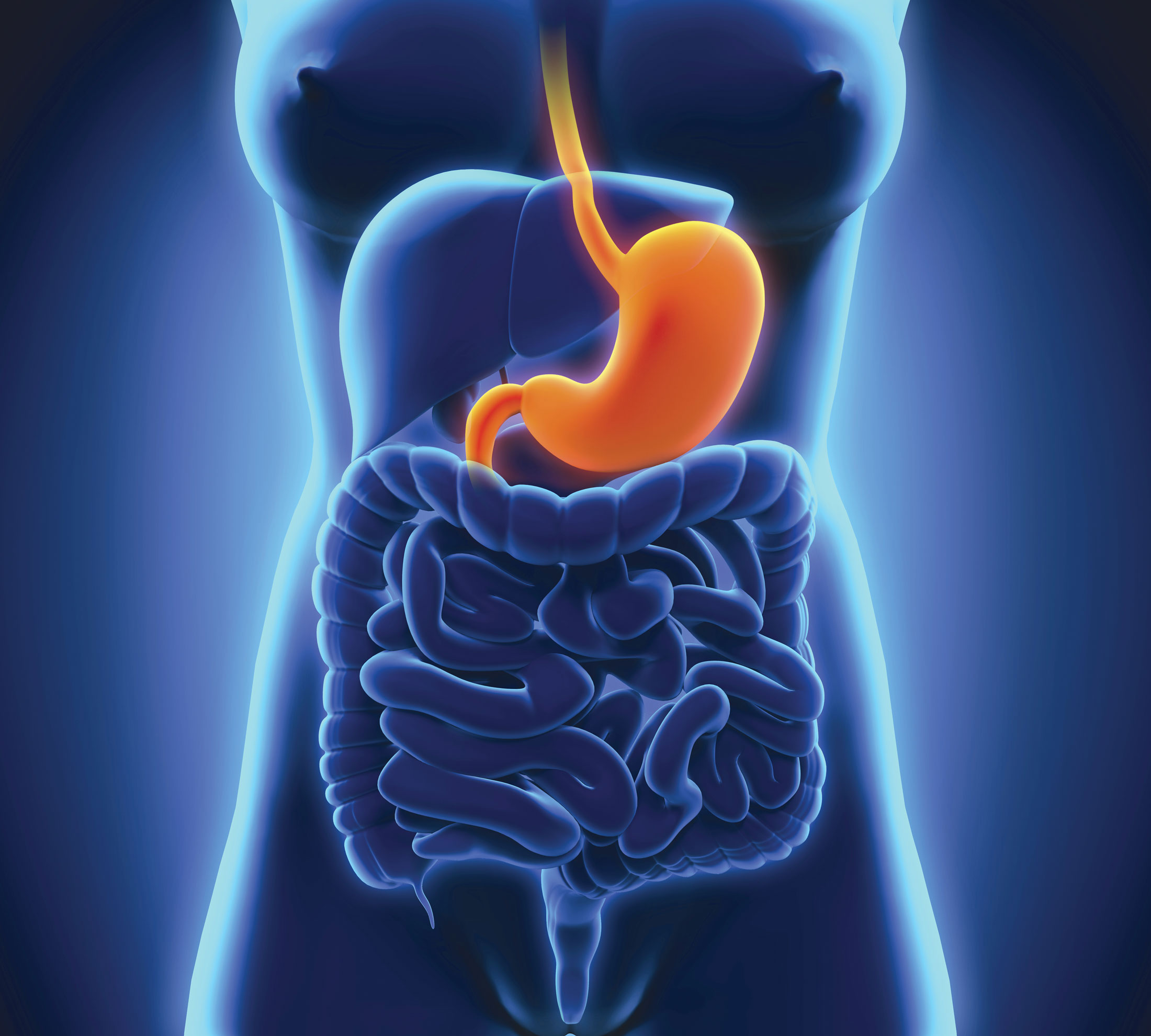Metropolitan Hospital operates a model, fully equipped and organized Gastroenterology Clinic. Comprising of qualified scientific and nursing staff and state-of-the-art equipment, the Gastroenterology Clinic is available to patients and ready to encounter any incident 24/7.
Special Tests and Exams
Diagnostic examinations as well as therapeutic endoscopies are conducted in the Clinic. These include:
GASTROSCOPY
- A flexible endoscope is used to examine the esophagus, stomach and duodenum in order to diagnose disorders such as esophagitis, hiatal hernia, neoplasia, angiodysplasias, etc.
- Benign and malignant strictures of the upper organs are treated.
- Esophageal varices are eliminated and acute and chronic hemorrhages are addressed.
- Various sized polyps are removed.
COLONOSCOPY
- The large intestine and the end portion of the small intestine are examined in order to diagnose disorders such and neoplasias, diverticula, inflammatory diseases and angiodysplasias.
- Various sized polyps are removed, hemorrhages of varying severity and benign intestinal strictures are addressed, endoprostheses are inserted to avoid endoluminal obstructions and hemorrhoids are treated.
ERCP
This method is used to verify the presence of stones, neoplasias, strictures or congenital pancreaticobiliary abnormalities. Stones are removed and endoprostheses are inserted to open benign or malignant strictures both in the gallbladder and pancreatic duct.
CAPSULE ENDOSCOPY
This is a painless and harmless method. By swallowing a tiny capsule-sized camera, it is possible to take images of the entire small intestine in order to investigate inflammatory diseases, hemorrhagic sites and other disorders. This is now the most contemporary diagnostic method for the small intestinal disorders.
ENDOSCOPIC ULTRASOUND
This method examines the wall layers of the digestive tract organs and the nearby organs in order to detect a small, benign or malignant tumor or to investigate the extent of an existing benign or malignant tumor. It also allows biopsies to be taken.
PERCUTANEOUS ENDOSCOPIC GASTROSTOMY
This method is non-invasive, painless and safe. It involves placing a tube under the skin which ends up in the stomach cavity, from where the patient is fed. General anesthesia is not required for the placement. It is indicated for patients that are unable to swallow (dysphagia) due to neurological disorders.
INTRAGASTRIC BALLOON FOR OBESITY
The intragastric balloon is an alternative method for treating moderate or severe obesity, when diets have failed or when surgery is not wanted. By placing it in the stomach, the patient feels full and the feeling of hunger is reduced. It remains in place for 6 months and it is then removed or if deemed necessary a new one is placed for the purpose of improving the therapeutic result.







































